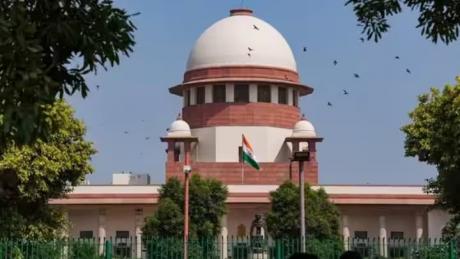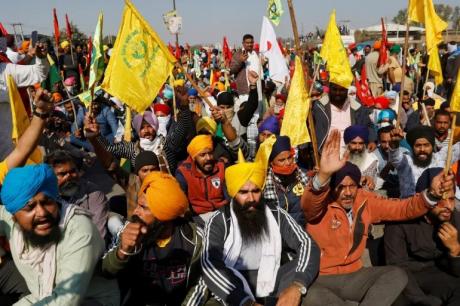Every royal ceremony goes by its already-framed protocols where more codewords would be used between those who are involved. Likewise, there has been a scripted protocol on what must be followed if the Queen dies. Sadly, the day has come as Queen Elizabeth II, the longest reigning monarch in the history of Britain, passed away on Thursday - September 8 at the age of 96 in Balmoral Castle in Scotland due to age-related ailments. She reigned for seven decades.
The codewords around her passing and funeral are being spelt across the British political spectrum as the country prepares for a state funeral. Operation London Bridge is the name of the strategy for what will happen after Elizabeth passes away. It was prepared during the 1960s and dictates the protocols that are to be followed. The operation begins with a phone call.
When the Queen died at Balmoral, her private secretary dialled Prime Minister Liz Truss and as per the operation, the secretary said 'London Bridge is down', which is a codeword that the Queen has died. As soon as the Prime Minister was informed of the death of the Queen, a long chain of communication was carried out and the cabinet secretary and senior ministers were notified about the death. They were asked to keep the information confidential.
The public was informed through Buckingham Palace and within ten minutes, as per the protocol, the flags on public buildings were lowered at half-mast. Buckingham Palace and government social media channels carried black banners and a mourning notice was posted on a black background. The news of the Queen's death was then informed to 15 countries including Australia and New Zealand she ruled as the Queen and the 38 Commonwealth nations.
Everything, from her death and her succession, has happened in a day. Moments after her death, it was officially announced that Elizabeth's eldest son and heir apparent Prince Charles will be the new King. He is all set to assume the throne and he will be called King Charles III. Charles will be delivering his first speech as the head of the state soon. After his address, a memorial service will be held at St. Paul's Cathedral in London.
Queen Elizabeth will be buried nine days after her death. The state funeral will be held for ten days during which all government business will rest. Operation London Bridge will stay in place throughout the funeral. Each day of the funeral will be called 'D-Day' which means the day of the Queen's death. On the first day, Prince Charles will officially be proclaimed as the new king and his enthronement has been codenamed 'Operation Spring Tide'.
After assuming the throne, King Charles will meet the Prime Minister and the Cabinet. The following day, Elizabeth's coffin will be taken to Buckingham Palace. It will be received by the Prime Minister and the members of the cabinet. As Elizabeth has died in Balmoral in Scotland, 'Operation Unicorn' will be used, which means her body will be taken to London by royal train.
If such transportation becomes impossible, the protocol would trigger 'Operation Overstudy' which means that the coffin will be brought to London by aircraft. On the third day of the state funeral, King Charles will receive condolences at Westminster in the morning hours and in the afternoon, he will kickstart his journey as the King, across the United Kingdom. On his first leg, he will be touring Scotland.
He then visits Northern Ireland while London will be under the rehearsal of 'Operation Lion' during which the royal coffin with the Queen in it will be taken from Buckingham Palace in a procession to the Palace of Westminster, the seat of government. Once the coffin has arrived at Westminster Palace, a church service will be held and the Queen will lie in state for four days in Westminster Hall under 'Operation Feather'.
People will be allowed to pay their last respects to the Queen at Westminster and on the other hand, the proceedings of the state funeral will be rehearsed. At this time, King Charles will be touring Wales. As per the protocol of Operation London Bridge, the state funeral will be held at Westminster Abbey, the same venue where Elizabeth's coronation service took place seven decades ago.
During that day, there will be two minutes of silence across the nation and the day of the funeral will be the Day of National Mourning. After the state funeral, the final farewell of the Queen will begin with a procession to St. George's Chapel at Windsor Castle. Queen Elizabeth will be laid to rest in the King George VI Memorial Chapel at Windsor Castle. As the second Elizabethan era has come to an end, the UK and other royal realms will begin a new era under King Charles III.









Comments